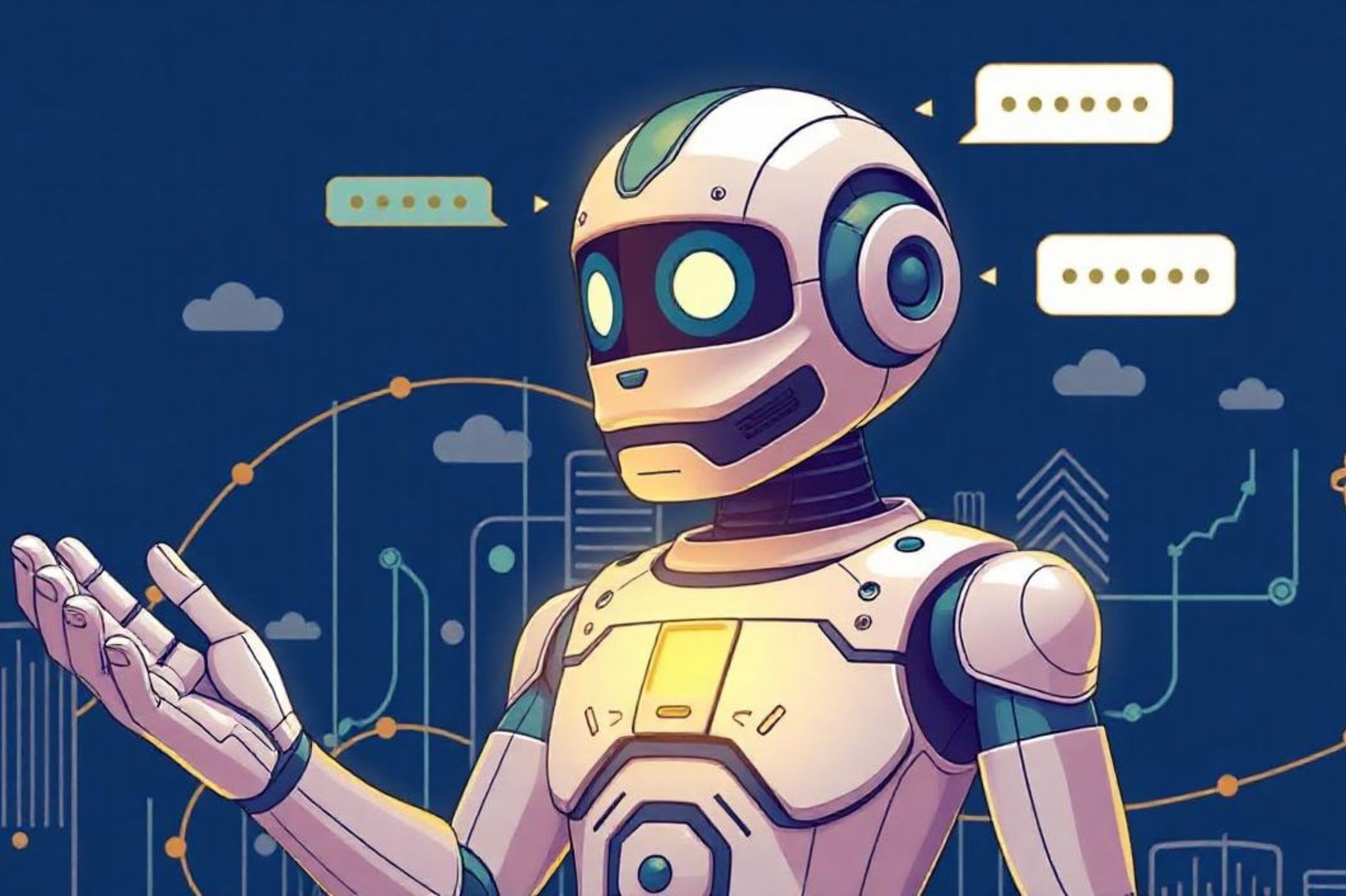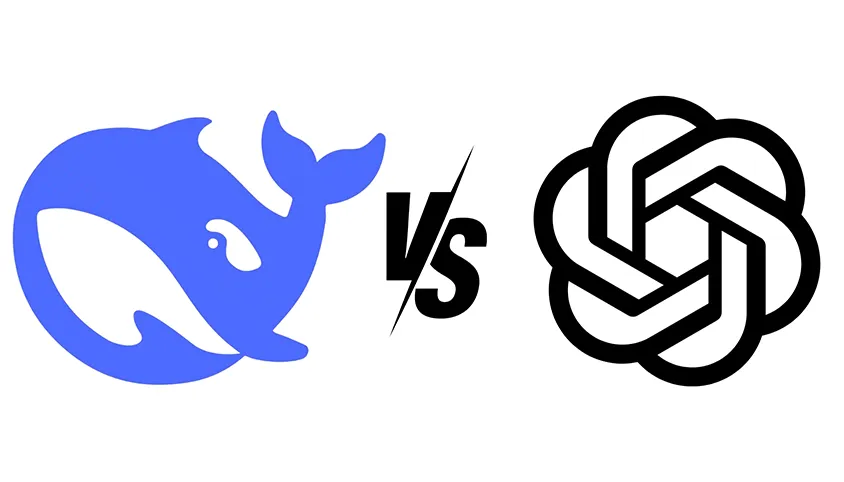-
Find Services
-
Generative AI
-
Blockchain Technology
-
Mobile App Development
-
Software Development
-
Web Development
-
E-Commerce Development
-
App Designing (UI/UX)
-
Web Designing (UI/UX)
-
IoT Development
- Industry
- Manufacturing
- Health Care
- Logistics
- Automotive
- Testing Services
- DevOps
- Game Development
- Robotic Process Automation
- AR & VR Development
- Browse All Services
-
Generative AI
-
Find Agencies
- Submit Reviews
- Research & Surveys
The Essential Elements and Development Process of an AI Chatbot
24 Aug 2024 | Right Firms

AI chatbots are becoming increasingly useful in the rapidly expanding digital space. They provide an opportunity to company automation and client interaction. They also help in improving efficiency, giving prompt responses, and changing the way businesses interact with their customers.
However, developing an AI chatbot from scratch is a complex process that requires a deep understanding of key elements and overcoming numerous challenges. This blog will take you into the essential elements of an AI chatbot and the development process, giving you insights into the role of AI development companies and AI chatbot development services.
Understanding AI Chatbots
Artificial intelligence (AI) chatbots are sophisticated software applications that replicate human conversation through artificial intelligence. AI chatbots, as opposed to conventional rule-based chatbots, use machine learning, natural language processing (NLP), and deep learning to recognize user confusion and offer appropriate responses based on their input. They are employed in a variety of sectors, such as customer service and healthcare, to improve consumer satisfaction and guarantee efficient and effortless operations.
Essential Elements of an AI Chatbot
Combining a number of crucial components is necessary to create an effective and functional AI chatbot. These components serve as the chatbot’s structure, enabling it to comprehend, learn from, and react to human input efficiently.
1. Natural Language Processing (NLP)
NLP is at the core of any AI chatbot. It activates the bot to understand and process human language. NLP involves several sub-processes, including tokenization, sentiment analysis, and entity recognition, allowing the chatbot to interpret the user’s intent accurately. AI development companies give priority to strong NLP integration to ensure the chatbot can handle various languages and complex queries.
2. Machine Learning Algorithms
Machine learning (ML) is crucial for enhancing the chatbot’s performance over time. Through continuous interaction, the chatbot learns from previous conversations, improving its accuracy and relevance in responses. AI chatbot development services focus on training the bot using vast datasets, allowing it to adapt and become more efficient in handling user queries.
3. Dialogue Management
Dialogue management is responsible for maintaining the flow of conversation. It ensures that the chatbot can handle multi-turn conversations, remembering the context and providing coherent responses. This element is essential for creating a natural and engaging user experience.
4. Integration Capabilities
A successful AI chatbot must be easily integrated with various platforms, such as websites, mobile apps, and social media channels. Integration capabilities ensure that the chatbot can seamlessly interact with other systems, providing users with a consistent and unified experience across multiple touchpoints.
5. Security and Privacy
With the increasing amount of data handled by AI chatbots, ensuring the security and privacy of user information is paramount. AI chatbot development services implement robust encryption protocols and compliance with data protection regulations to safeguard sensitive information.
6. Analytics and Reporting
Analytics and reporting are essential for monitoring the performance of the AI chatbot. By analyzing user interactions, businesses can gain insights into customer behavior, identify areas for improvement, and optimize the chatbot’s functionality. AI development companies often offer advanced analytics tools to help businesses make data-driven decisions.
Development Process of an AI Chatbot
Developing an AI chatbot involves several stages, each requiring careful planning and execution. Below is an overview of the development process:
1. Defining Objectives and Use Cases
The first step in the AI chatbot development process is to define the objectives and use cases. What purpose will the chatbot serve? Who is the target audience? Answering these questions helps in shaping the chatbot’s functionality and features. Whether it’s for customer support, lead generation, or personalized recommendations, clearly defined objectives guide the entire development process.
2. Choosing the Right Platform and Technology
Selecting the right platform and technology stack is crucial for the chatbot’s success. Depending on the use case, businesses may opt for cloud-based platforms or on-premise solutions. AI development companies offer a range of technology options, including NLP engines, ML frameworks, and integration tools, to match the specific needs of the chatbot.
3. Designing the Conversation Flow
The conversation flow is the blueprint of the chatbot’s interaction with users. It includes the various paths a conversation can take, the possible user inputs, and the corresponding bot responses. A well-designed conversation flow ensures that the chatbot can handle different scenarios and provide relevant answers. AI chatbot development services often employ conversation designers and UX experts to create intuitive and user-friendly flows.
4. Developing the Chatbot
Once the design is finalized, the actual development begins. This phase involves coding the chatbot, integrating NLP and ML algorithms, and setting up dialogue management. Developers also focus on creating a scalable architecture that can handle high volumes of interactions without compromising performance. AI development companies typically follow agile methodologies, allowing for iterative development and regular updates.
5. Training the Chatbot
Training is a critical phase in AI chatbot development. It involves feeding the chatbot with large datasets to help it learn and improve. Training data may include previous customer interactions, FAQs, and other relevant information. The chatbot’s performance is continuously monitored and fine-tuned based on feedback and testing results.
6. Testing and Quality Assurance
Before deploying the chatbot, rigorous testing is essential to identify and fix any issues. Testing involves simulating real-world scenarios, checking for accuracy in responses, and ensuring seamless integration with other systems. AI chatbot development services often conduct both automated and manual testing to guarantee the chatbot’s reliability and effectiveness.
7. Deployment and Integration
Once the chatbot passes the testing phase, it’s ready for deployment. Deployment involves integrating the chatbot with the chosen platforms, such as websites, apps, or messaging services. AI development companies provide support during this phase to ensure a smooth rollout and minimal disruptions.
8. Monitoring and Optimization
The development process doesn’t end with deployment. Continuous monitoring is necessary to track the chatbot’s performance and make necessary improvements. AI chatbot development services offer ongoing support and optimization to enhance the chatbot’s capabilities and adapt to changing user needs
Challenges in AI Chatbot Development
While AI chatbots offer immense potential, their development is not without challenges. AI chatbot development challenges include:
1. Understanding Complex Queries
One of the primary challenges is ensuring the chatbot can understand and respond to complex and nuanced queries. Despite advances in NLP, achieving a human-like understanding remains difficult, requiring continuous improvement and training.
2. Data Privacy and Security
Handling sensitive user data poses significant privacy and security concerns. Ensuring compliance with data protection regulations and implementing robust security measures are critical challenges faced by AI development companies.
3. Integration with Legacy Systems
Integrating AI chatbots with existing legacy systems can be complex and time-consuming. Compatibility issues, data migration, and system disruptions are common challenges during integration.
4. Maintaining User Engagement
Keeping users engaged with the chatbot over time requires ongoing updates and enhancements. Stale or irrelevant content can lead to user drop-off, making it essential to continuously optimize the chatbot’s performance.
Conclusion
AI chatbots are transforming how businesses interact with their customers, offering personalized and efficient services. However, the development of an AI chatbot is a complex process that requires careful planning, execution, and ongoing optimization. By understanding the essential elements and development process, businesses can leverage AI chatbot development services to create powerful tools that enhance customer experience and drive operational efficiency. Despite the challenges, the potential benefits make AI chatbot development a worthwhile investment for forward-thinking companies.







